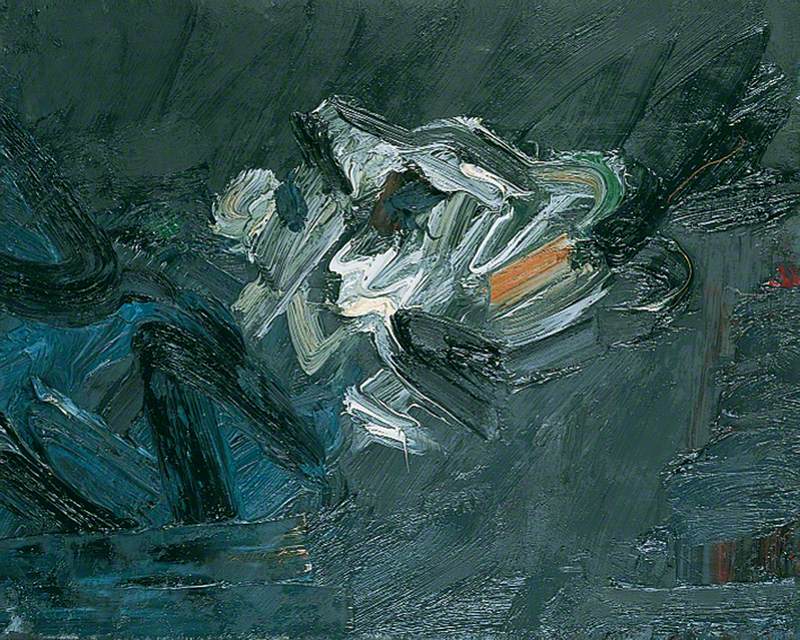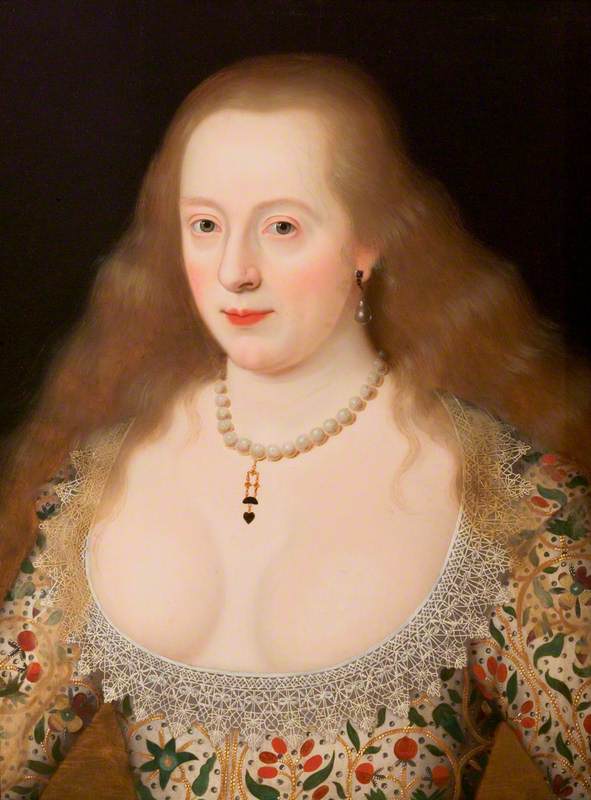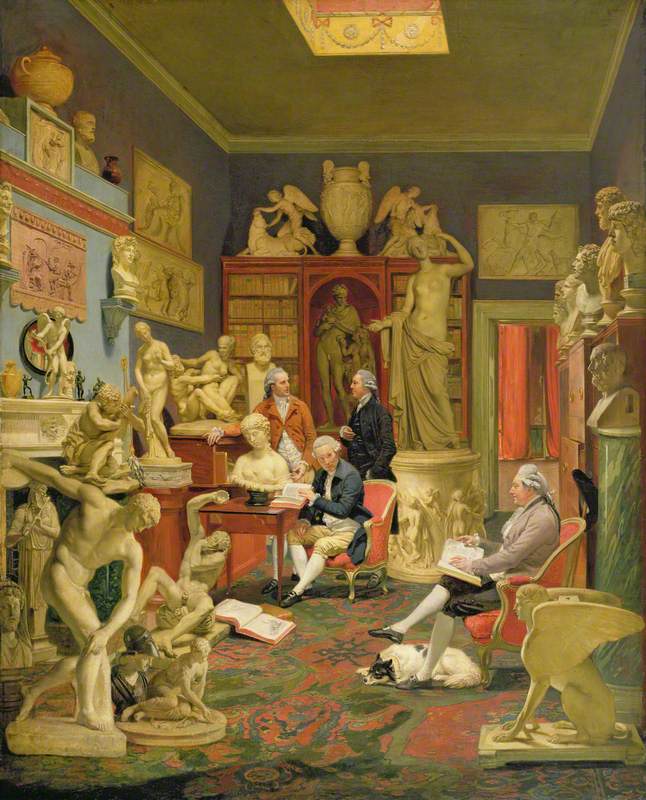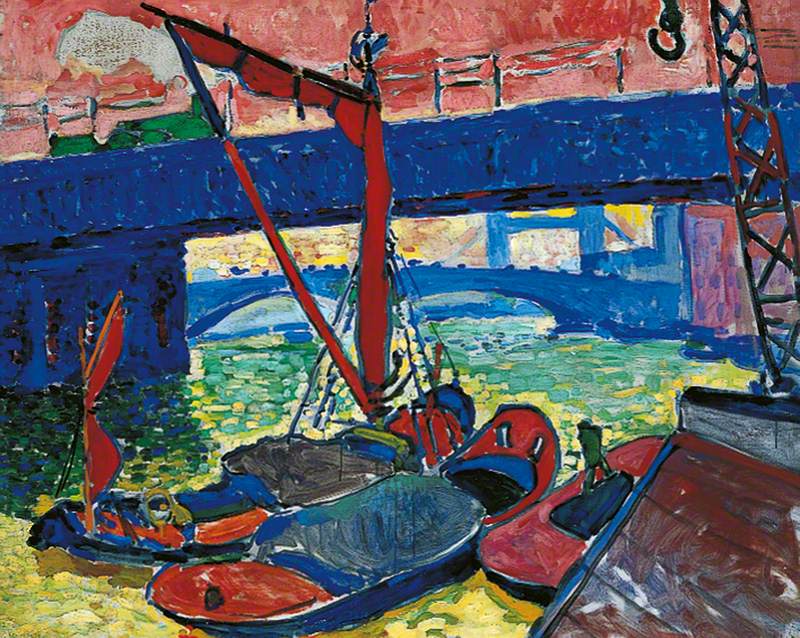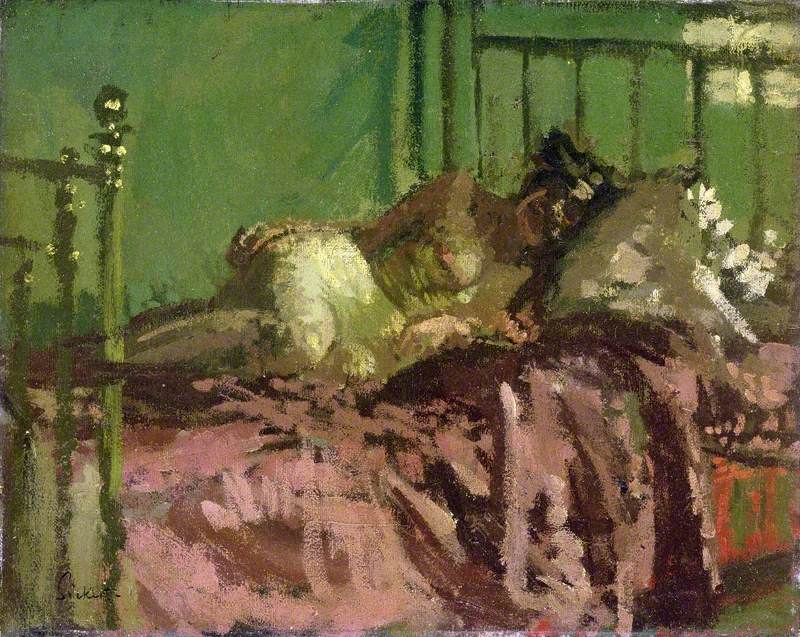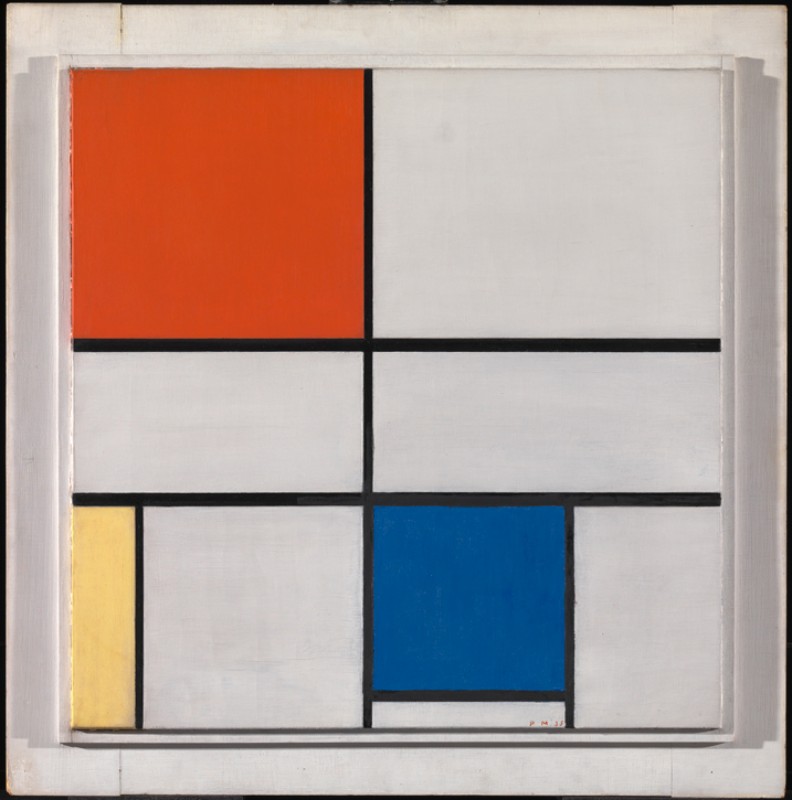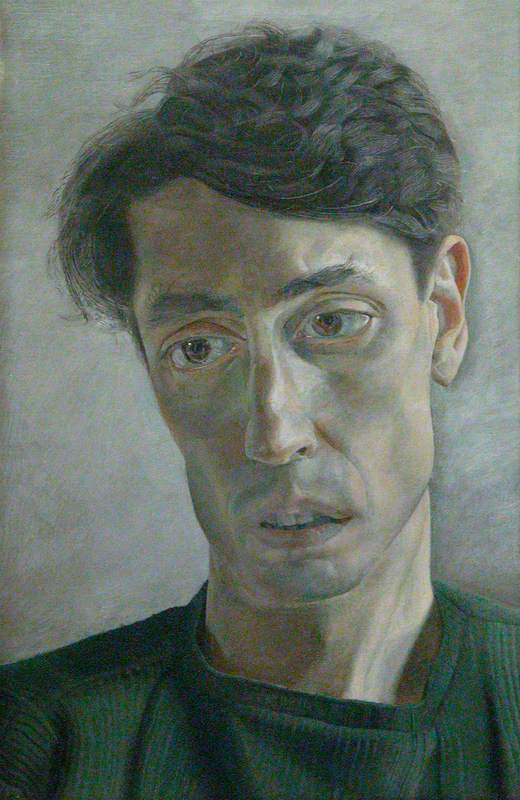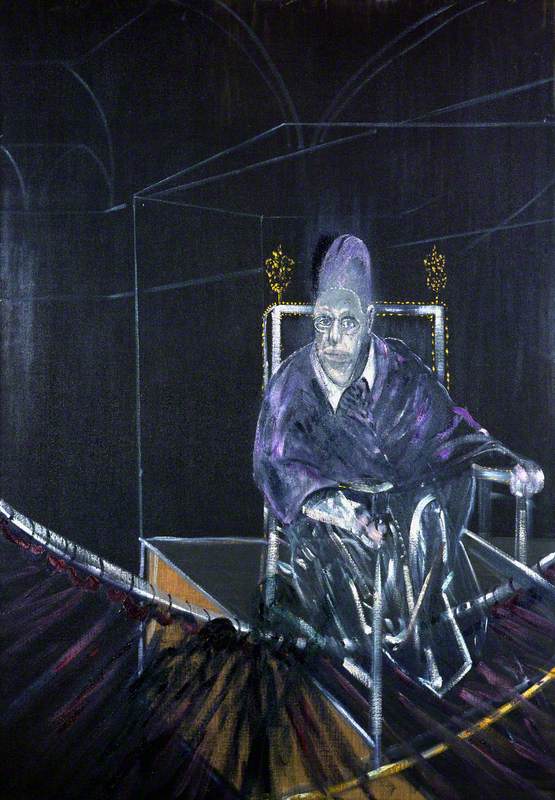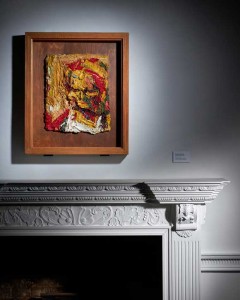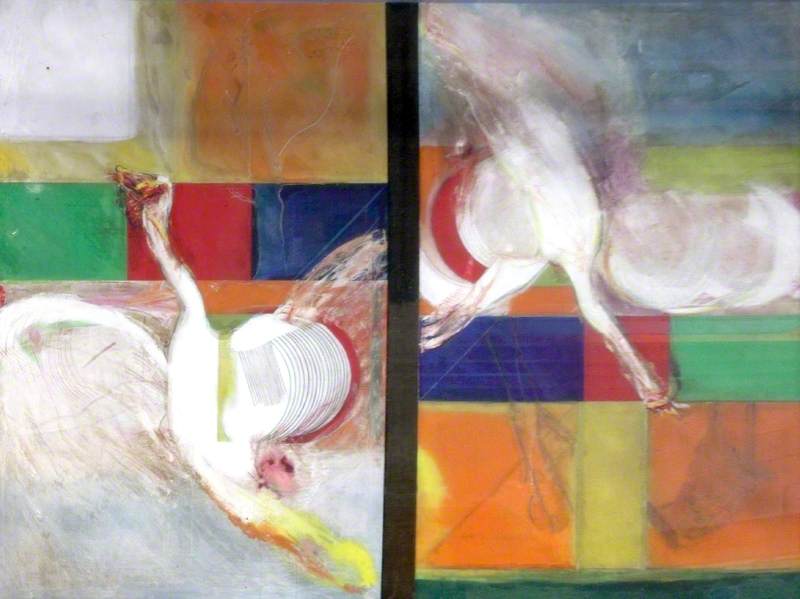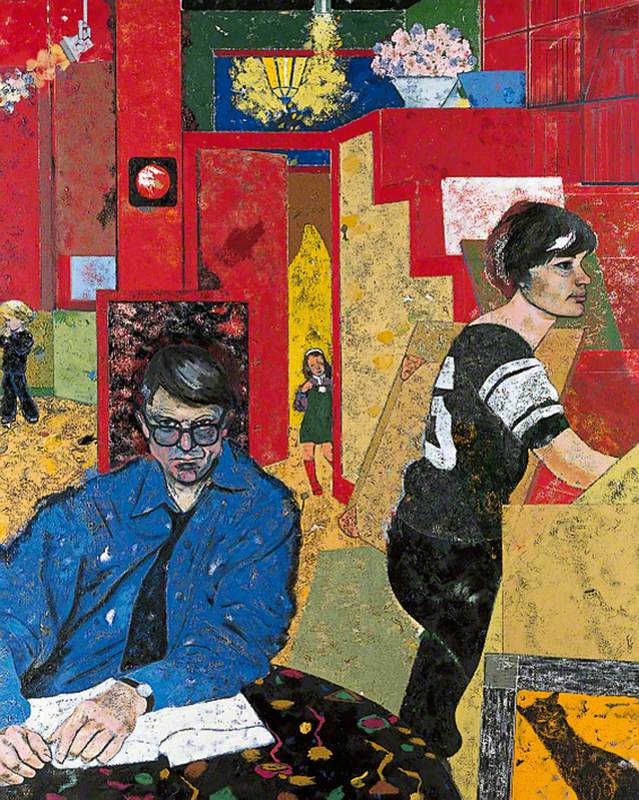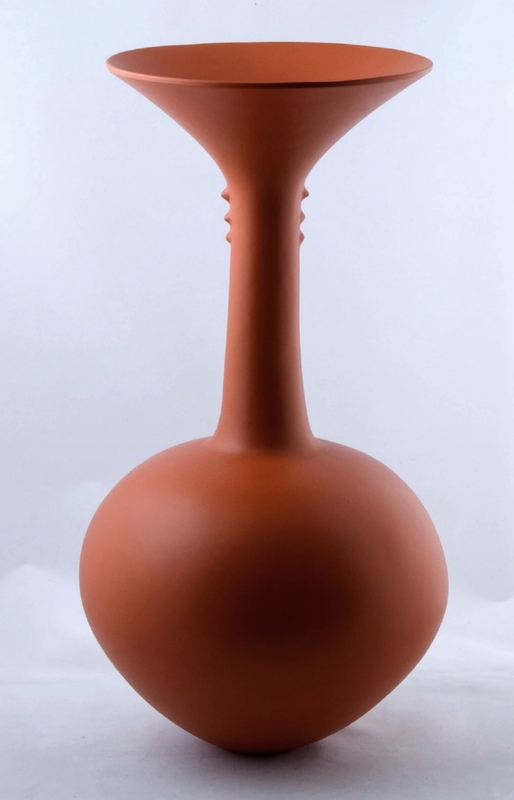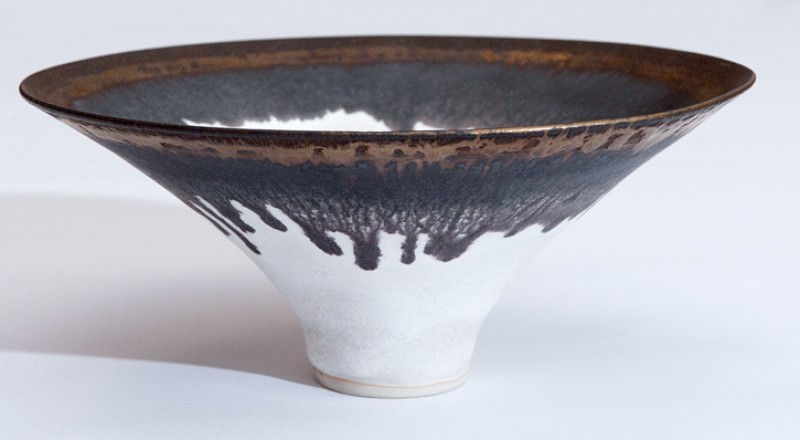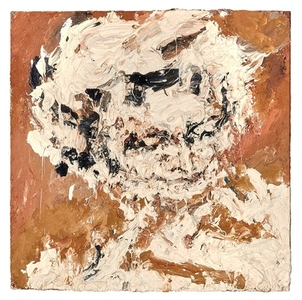Twelve UK museums come together with Art UK and Sotheby's to stage a month-long exhibition celebrating the UK's central role in the creative lives of leading international artists.
The free exhibition 'London: An Artistic Crossroads' is on display at Sotheby's New Bond Street Galleries from 25th May to 5th July 2024.
Considerably younger than Bacon and Freud, Frank Auerbach became close friends to both of them once he had embarked on his own career as a painter in north London, sharing their belief in the continuing potency of painting as a vehicle for the expression of the human spirit.
Like Freud, Auerbach left his native Germany as a child. But his was an even narrower escape from the horrors of the Nazi regime. Accepted into the Kindertransport scheme, he was sent to London by his parents in 1939, when he was eight years old. His mother and father, unable to get out themselves, were murdered in the concentration camp at Auschwitz four years later.
Gerda Boehm was the only surviving relative Auerbach saw after he left Germany. She was an older cousin and had run away to England with her husband in 1938, the year before Auerbach himself arrived. Gerda first sat to the artist in 1961 and continued sitting at regular intervals until 1982. Every picture painted was a reminder of the fact that, no matter what, they still had each other.
Some of Auerbach's very earliest portraits of Gerda were executed in the medium of charcoal on paper, rubbed, torn and collaged together. They are images scarred and distressed by the fury of their working, and powerfully evocative of the real scars and distress felt by both artist and sitter thanks to their painful shared history, of loss and separation.
But this poignant and heavily impastoed portrait, the Head of Gerda Boehm, created in oil paint on canvas some four years into their collaboration, has a different and more defiant feel to it.
Composed of dense accretions of thickly worked pigment, it is a painting that seems almost as if aspiring to the condition of sculpture. The earlier charcoals present their subject as a grey phantom, a living ghost haunted by the ghosts of the dead. But here the palette is much lighter, predominantly ochre and off-white – and so is the mood.
The painter has built up his likeness of the sitter as much by feel as by look, modelling her face from coils of whipped cream which, as he well knew, would dry in time to shape a face textured like a meringue. A blind person might run their hands over the surface and feel that they were encountering Gerda's presence.
The sitter is emphatically present in a portrait of this kind, both as an image and as a kind of painted bas-relief. But the picture is also a self-portrait of a kind, since every last one of its emphatically applied brushstrokes, dashed on or melting and swirling, evokes the motions of the artist's body through time and space. Perhaps that collapsing of distinctions between painter and sitter is, ultimately, the point. Frank Auerbach's painting of Gerda Boehm is the celebration of a miracle. They are both in the same room, at the same time. They have both survived.
Andrew Graham-Dixon, art historian and broadcaster
The free exhibition 'London: An Artistic Crossroads' is on display at Sotheby's New Bond Street Galleries from 25th May to 5th July 2024
You can download the free exhibition tour within Art UK's guide on Bloomberg Connects
